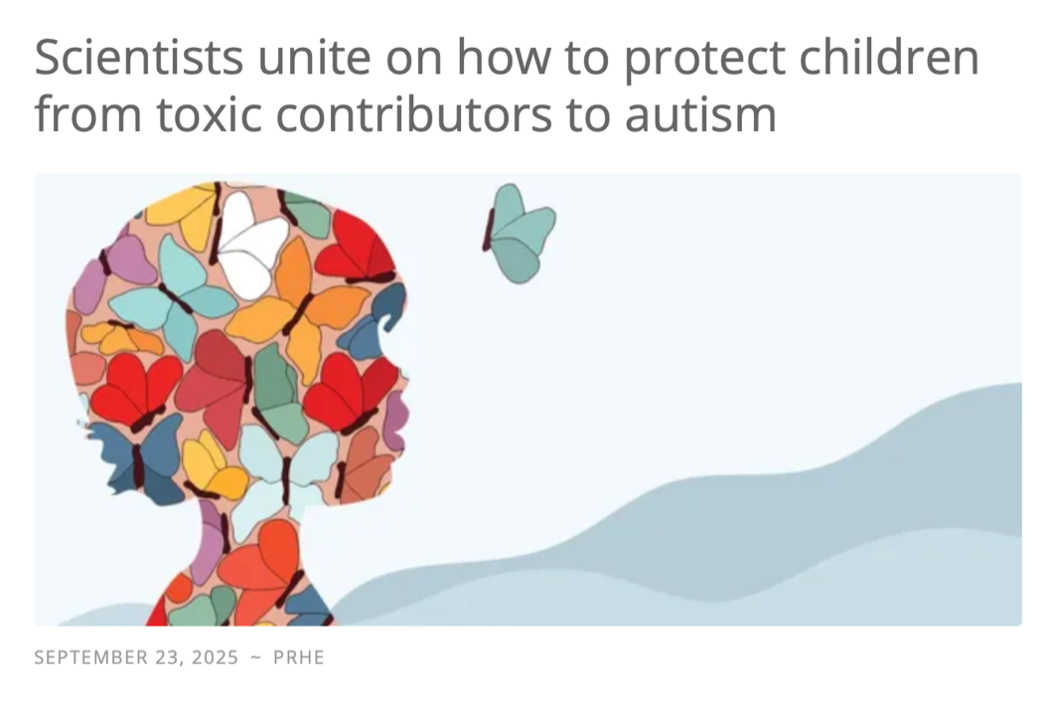
 The Omnivore’s Dilemma: A Natural History of Four Meals
The Omnivore’s Dilemma: A Natural History of Four Meals
and In Defense of Food: An Eater’s Manifesto
By Michael Pollan. Penguin, 2006 and 2008.
Whether you’re the kind of person who hunts your own meat and gathers morels or the kind of person who prefers diet coke with your M&Ms and Big Macs, The Omnivore’s Dilemma is an entertaining and eye-opening read. Who knew that what we eat is such a big story? Pollan traces four different meals—McDonald’s, Big Organic, Grass Fed, and Wild Boar—back to their respective origins, examining their environmental and health impacts. Did you know that chicken nuggets contain dimethylpolysiloxene, which is “a suspected carcinogen and an established mutagen, tumorigen, and reproductive effector” as well as TBHQ, a form of butane that in much larger amounts can kill? (113). Pollan also surprises with his revelation that by comparing carbon isotopes in human bones, scientists have determined that because we eat so many corn derivatives and corn-fed animals, we contain more carbon atoms from corn than Mexicans, whose staple grain is corn (22). Pollan makes the point that when we eat the products of food factories rather than the kind of food our grandmothers would have recognized, that we are eating culture rather than nature.
Despite, or perhaps because of, the frequent references to manure and compost piles, the section on grass farming was one of the most idyllic in the book. At Joel Salatin’s farm in Virginia, we meet happy pigs, happy cows, and happy chickens who, before being eaten, live a life true to their own natures. The pigs root around for corn thrown into the cow shed during the winter: come spring they are as pleased as the proverbial “pig in shit” (217). The cows munch down pastures whose grasses grow better for the moderate clipping and generous fertilization. The chickens are content to finish off the job of fertilizing the fields and to peck around in the cow pies for three-day-old grubs, making their eggs particularly tasty and eliminating the need for pesticides on the cows.
Having previously been a vegetarian, Pollan’s description of hunting wild boar is somewhat ambivalent but riveting nonetheless. The repast that he comes to describe as the “perfect meal” is completed with hand-gathered wild mushrooms, cherries from his neighbor’s tree, and bread made with native yeast, harvested from the air of San Francisco.
In Defense of Food: An Eater’s Manifesto follows up on The Omnivore’s Dilemma with some practical advice on how to eat. The message is concise but pithy: “Eat food. Not too much. Mostly vegetables.” Pollan maintains that most of what we eat now is not, in fact, food, but food-like substances. We worry endlessly about nutrition and yet are malnourished. His list of guidelines sounds like old-fashioned common sense: “Don’t eat anything your great-grandmother wouldn’t recognize as food; Avoid food products containing ingredients that are A) unfamiliar, B) unpronounceable, C) more than five in number, or that include D) high-fructose corn syrup; Avoid products that make health claims; Get out of the supermarket whenever possible.” Local Farmers' Markets are one step in the right direction to following this advice.
Both of these books are important not just for the practical advice they offer, but for the way they ask us to change our thinking about food. They ask us to rely on time-tested food cultures instead of the latest nutritional advice. They ask us to enjoy our food, and to increase that enjoyment by taking the time to know where our meals come from. Pollan articulates the difference between the extremes in his four meals as a difference in perception: “The pleasures of the one are based on a nearly perfect knowledge; the pleasures of the other on an equally perfect ignorance” (Omnivore 410). Pollan asks us to acknowledge the high costs of cheap food and finally, to simply respond to this: “What it is we’re eating. Where it came from. How it found its way to our table. And what, in a true accounting, it really cost” (Omnivore 411).












